
The ancient Samaritans of Mount Gerizim
Published date: 14 January 2015 22:41 GMT
|
Last update: 9 years 10 months ago
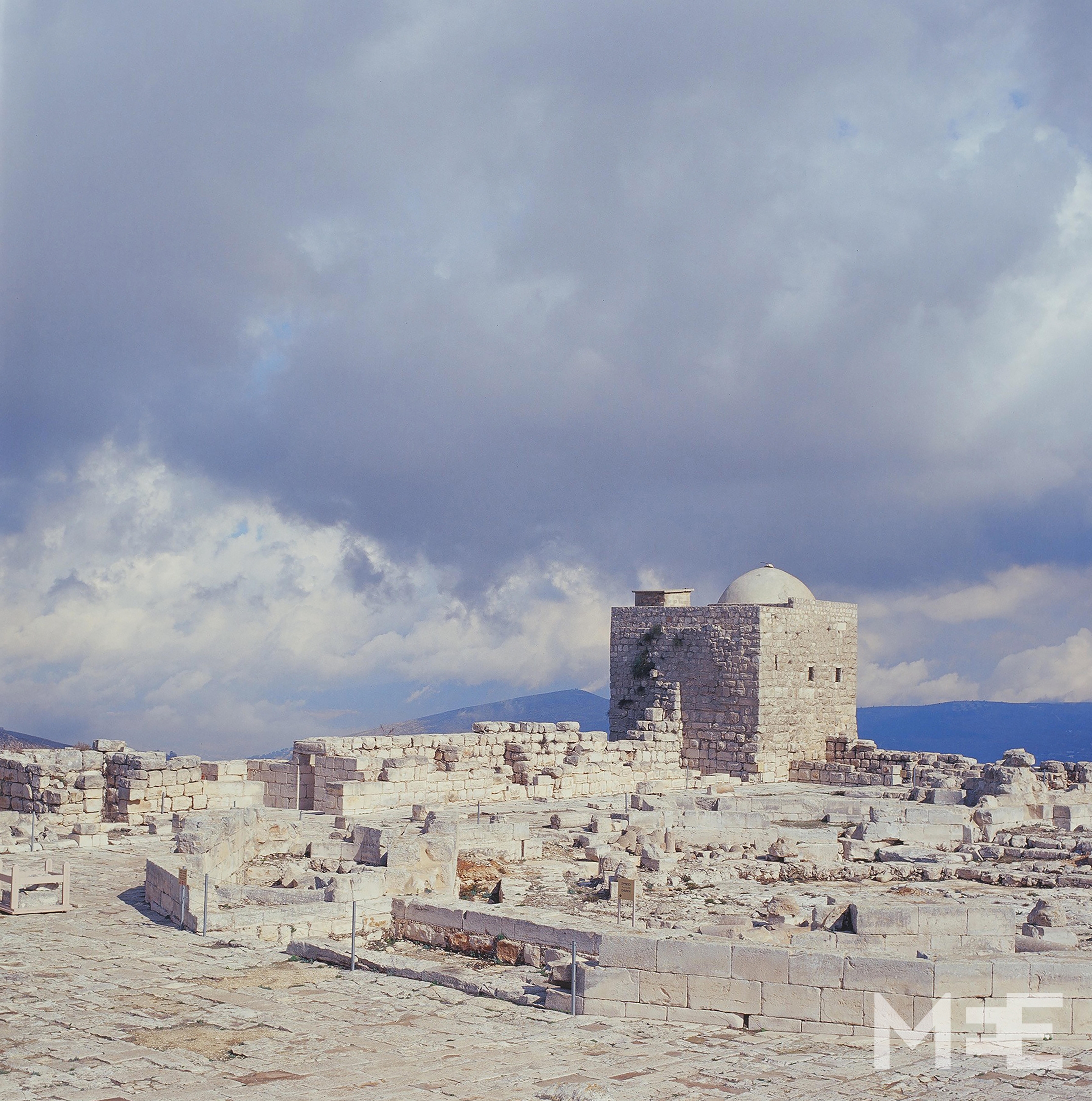
Now a protected archaeological site, Mount Gerizim is the holiest site for the Samaratans where their first temple was built during the first half of the 5th Century. Instead of citing Jerusalem as their Holy place of worship, as the Jewish faith does, the Samaratans believe Mount Gerizim is the original Holy Place of Israel. (MEE/Andrea Dicenzo)
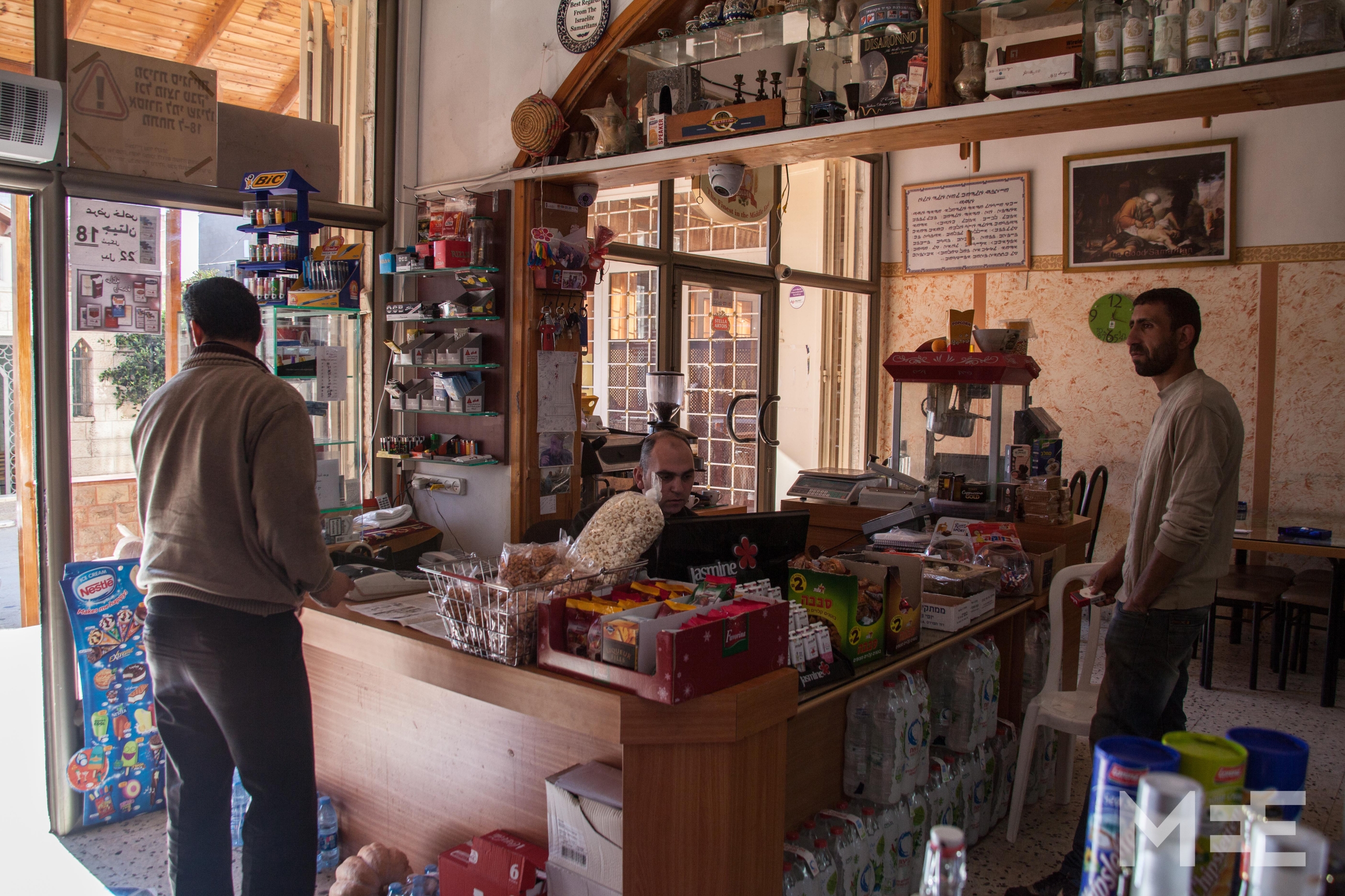
Community members use one of the two commercial shops along the main road of Kiryat Luze - the residential village on Mount Gerizim. Once the Samaritans had 1.5 million people in their community. In 1917, the community all but disappeared, dwindling down to a mere 150 people. (MEE/Andrea Dicenzo)
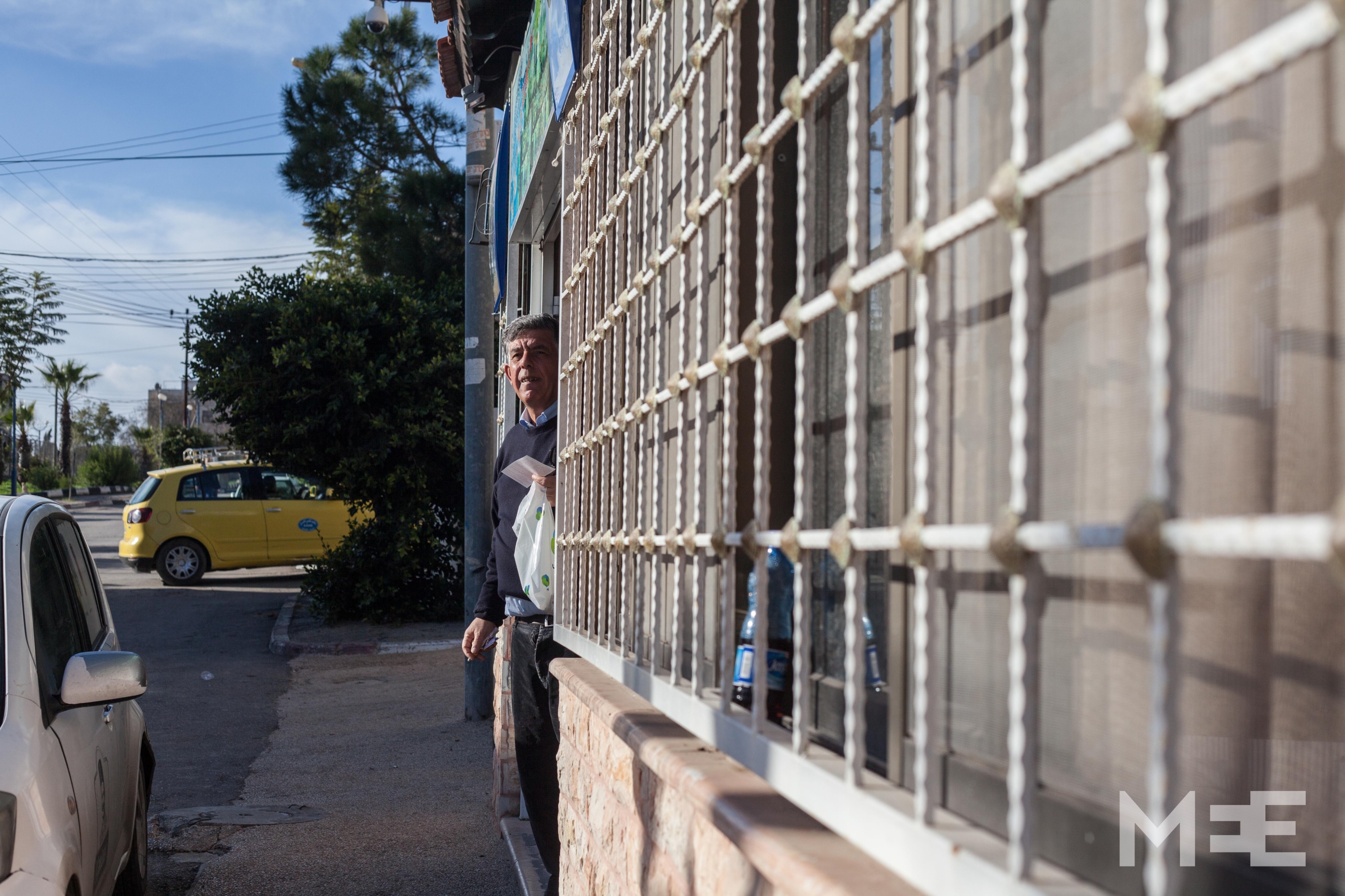
A Samaritan man waits for a taxi on the secluded mountain. There are roughly 700 Samaritans left in the world; about 360 of them reside on Mount Gerizim. The community members rely on taxis to get to and from Nablus below, since there is no public transportation on the mountain. (MEE/Andrea Dicenzo)
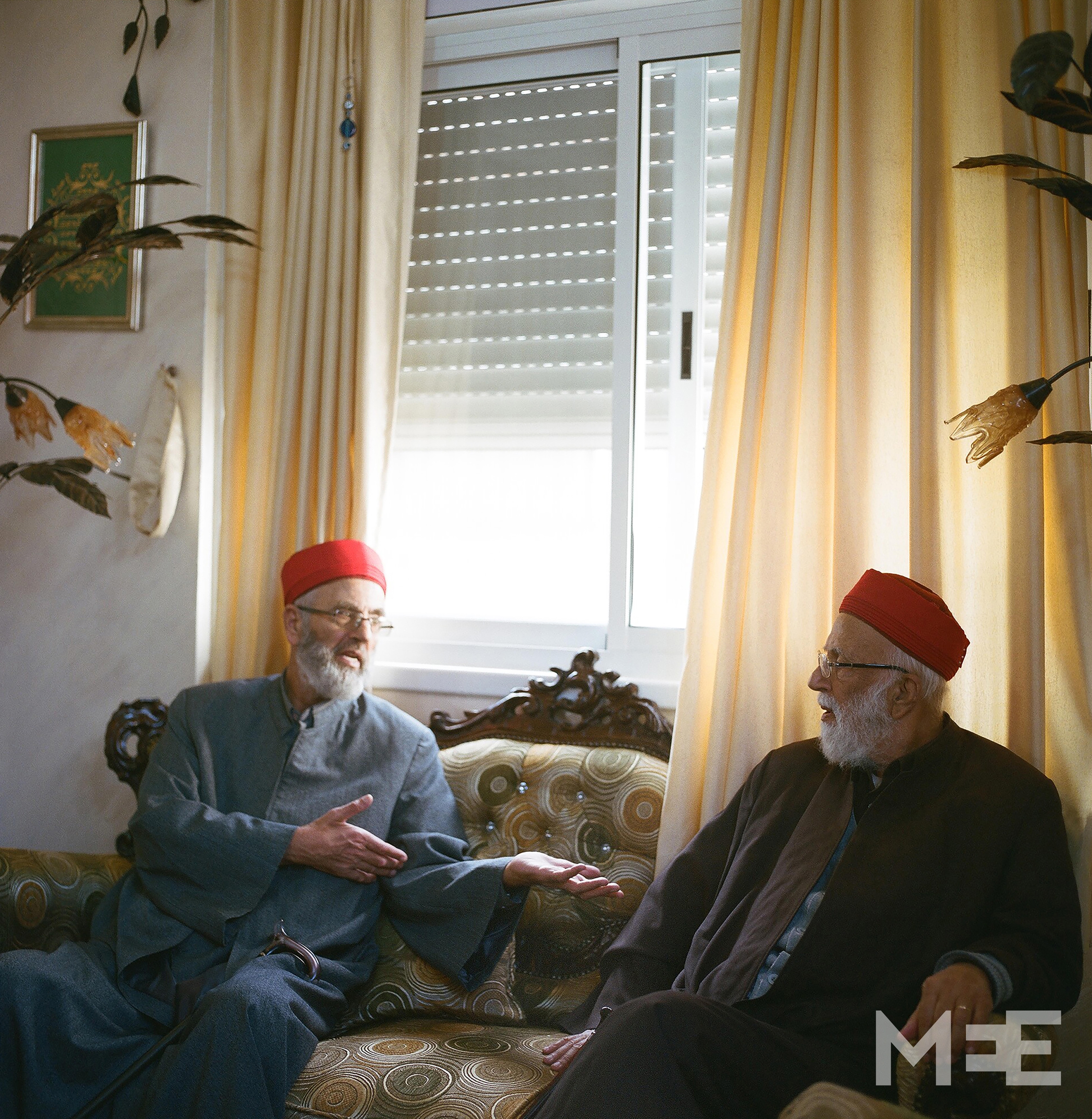
The High Priest of The Samaritans, Abdallah Wasef Tawfiq Al Kahen and his brother Husni Al Kahen can trace their lineage all the way from Adam to Moses, a fact that is extremely important to the community. According to tradition, the high priest himself has to be from the lineage of the Levi tribe. (MEE/Andrea Dicenzo)

The High Priest and his brother Husni lead a prayer in ancient Hebrew on Mount Gerizim. (MEE/Andrea Dicenzo)
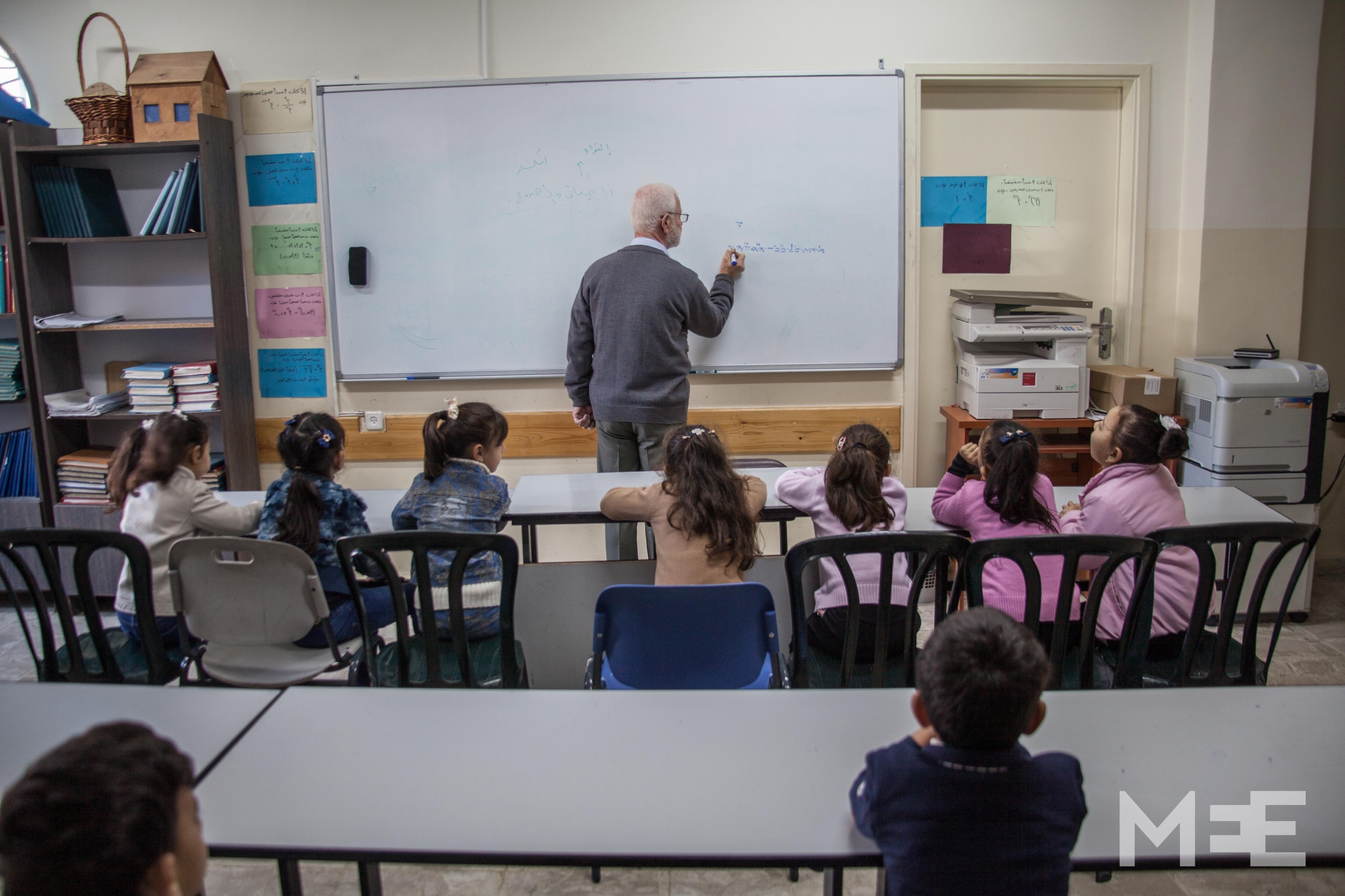
The Samaritans claim to have the oldest language in the world: ancient Hebrew. The children are taught how to read, write and speak ancient Hebrew in afterschool classes beginning at age six. (MEE/Andrea Dicenzo)

Classes have just begun and the teacher emphasizes the basics first. Here he goes over the alphabet with students in a classroom next to the community's synagogue on Mount Gerizim. (MEE/Andrea Dicenzo)

Since the community consists of more men than women, women and girls are held in special regard since they are the child-bearers that will secure the continuityof the small ethno-religious group. (MEE/Andrea Dicenzo)
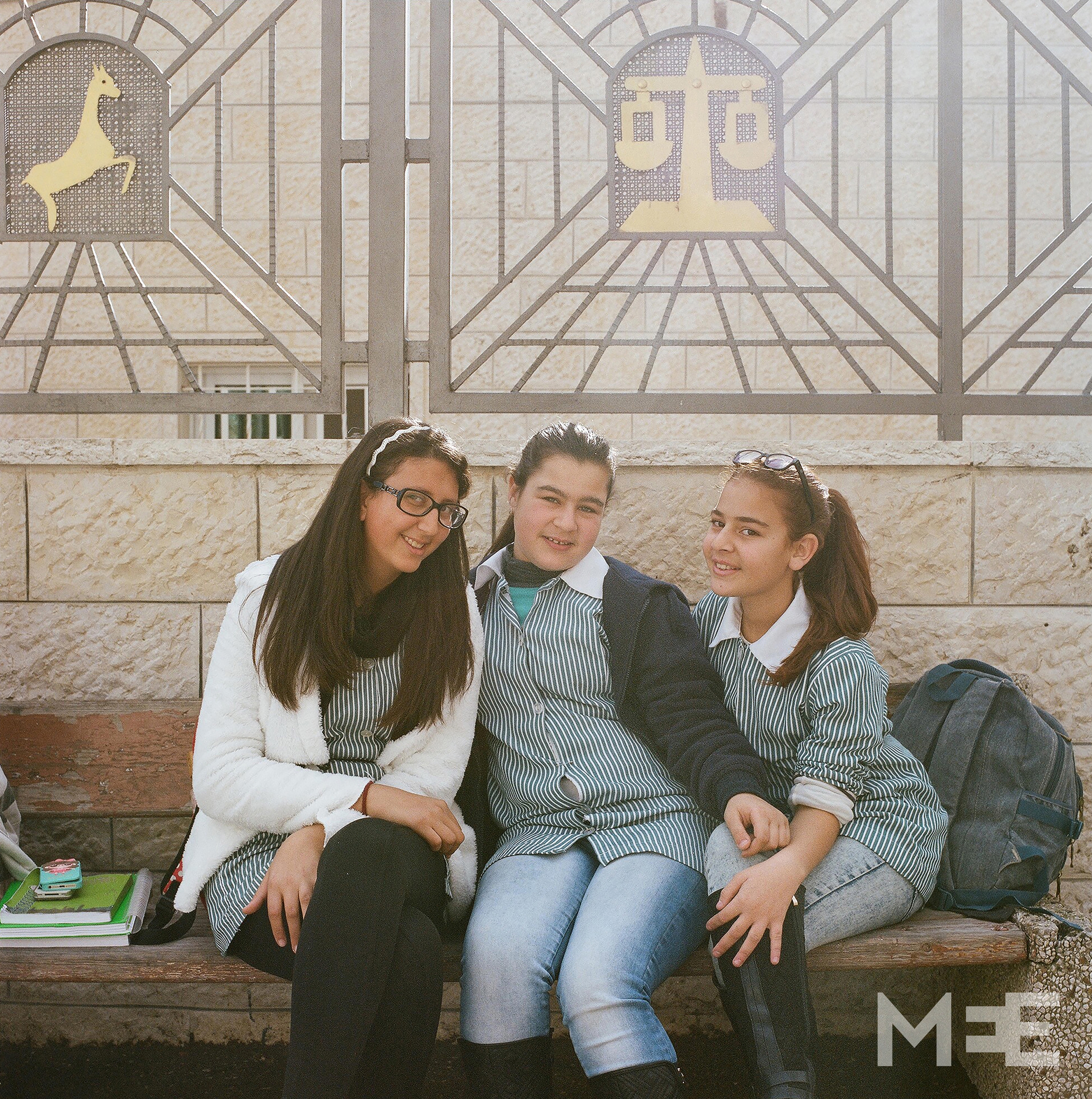
Older school kids hang out and socialize along the one main road that runs through the community. Recently, the community has looked outside of its group to recruit women - five women specifically - to marry into the religion. As in many traditional religions, the women have to undergo a lengthy conversion process before being approved by Samaritan law for marriage. (MEE/Andrea Dicenzo)
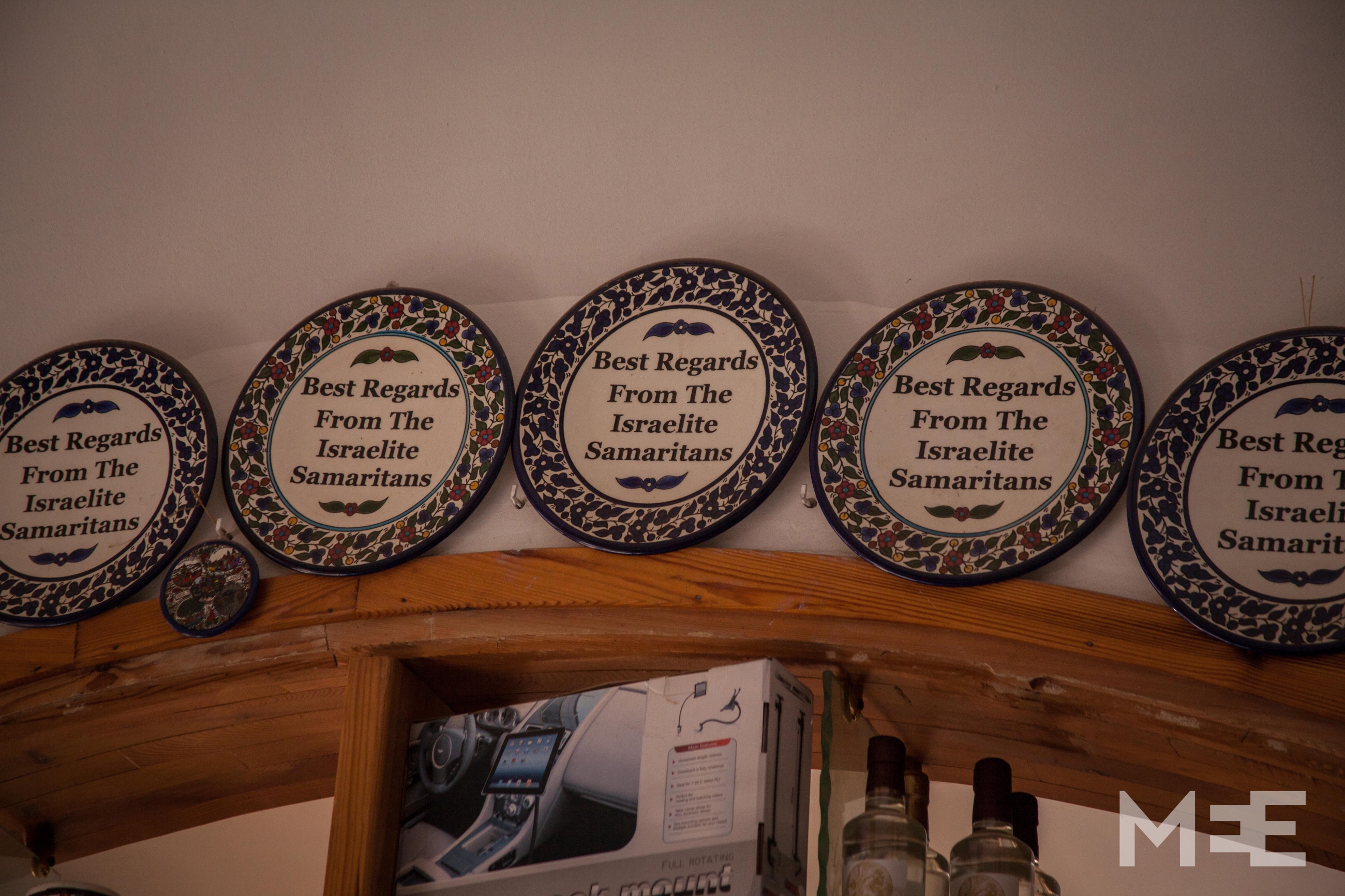
“Best regards from the Israelite Samaritans”: tourism to the mountain has become a vital source of income for the largely isolated community. A small gift shop and museum have helped promote awareness of the community. (MEE/Andrea Dicenzo)
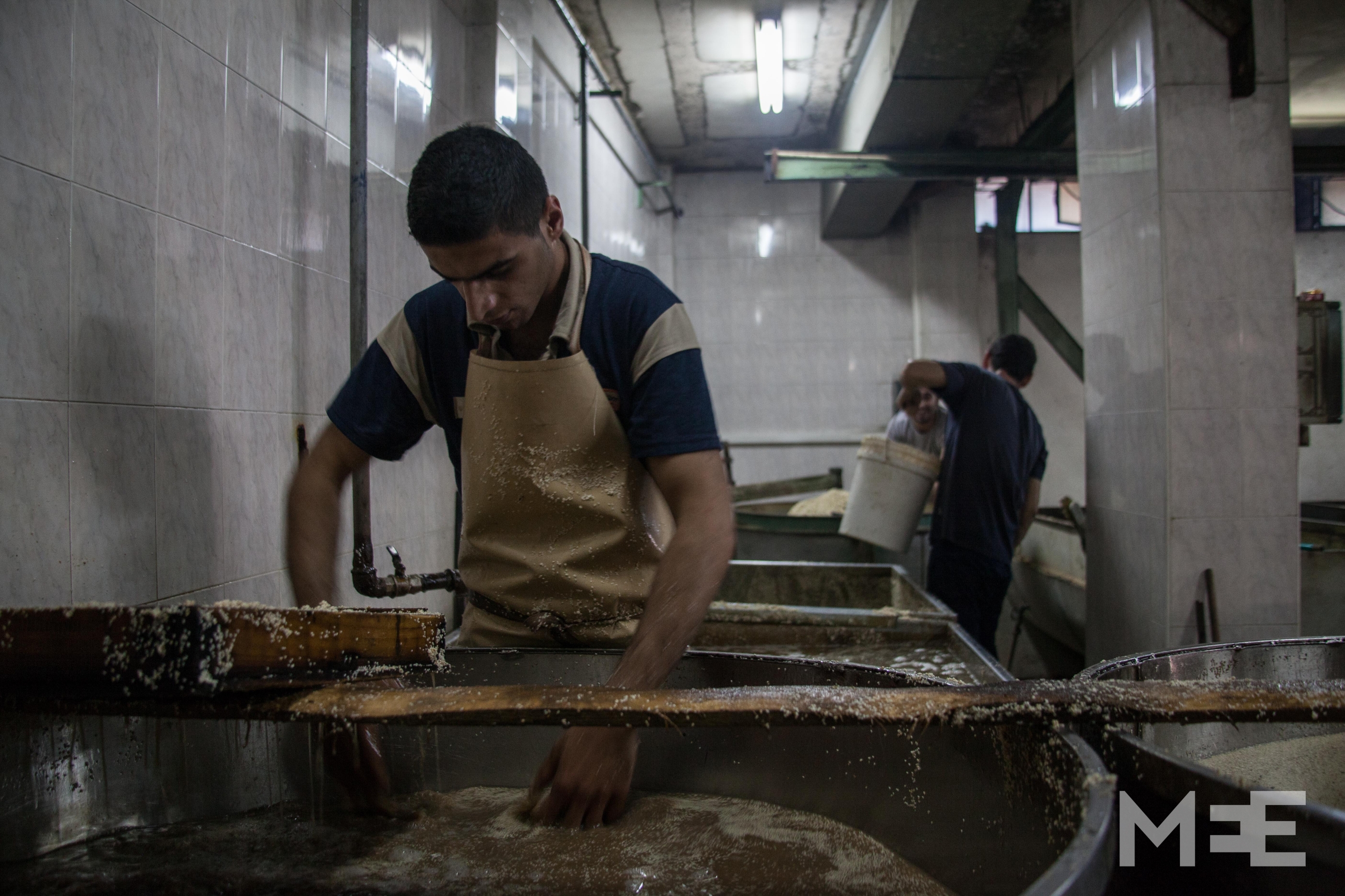
One of the successful businesses on Mount Gerizim is a family-run factory that produces the seasame-seed dip called tahini. The factory employs Samaritans and Palestinians. The Samaritans say they feel like they are a part of Palestinian life. Although they actively try to stay neutral in the Palestinian/Israeli conflict, because of the close ties to Nablus and the community's existence within the West Bank, they consider themselves like kin to their Palestinian neighbours. (MEE/Andrea Dicenzo)

The community has one main synagogue that they use for daily prayers. Ancient Hebrew is written on the outside of the Samaritans main synagogue on Mount Gerizim. The inside is modest and spare; people who enter the synagogue must remove their shoes, in a fashion similar to Islam. (MEE/Andrea Dicenzo)
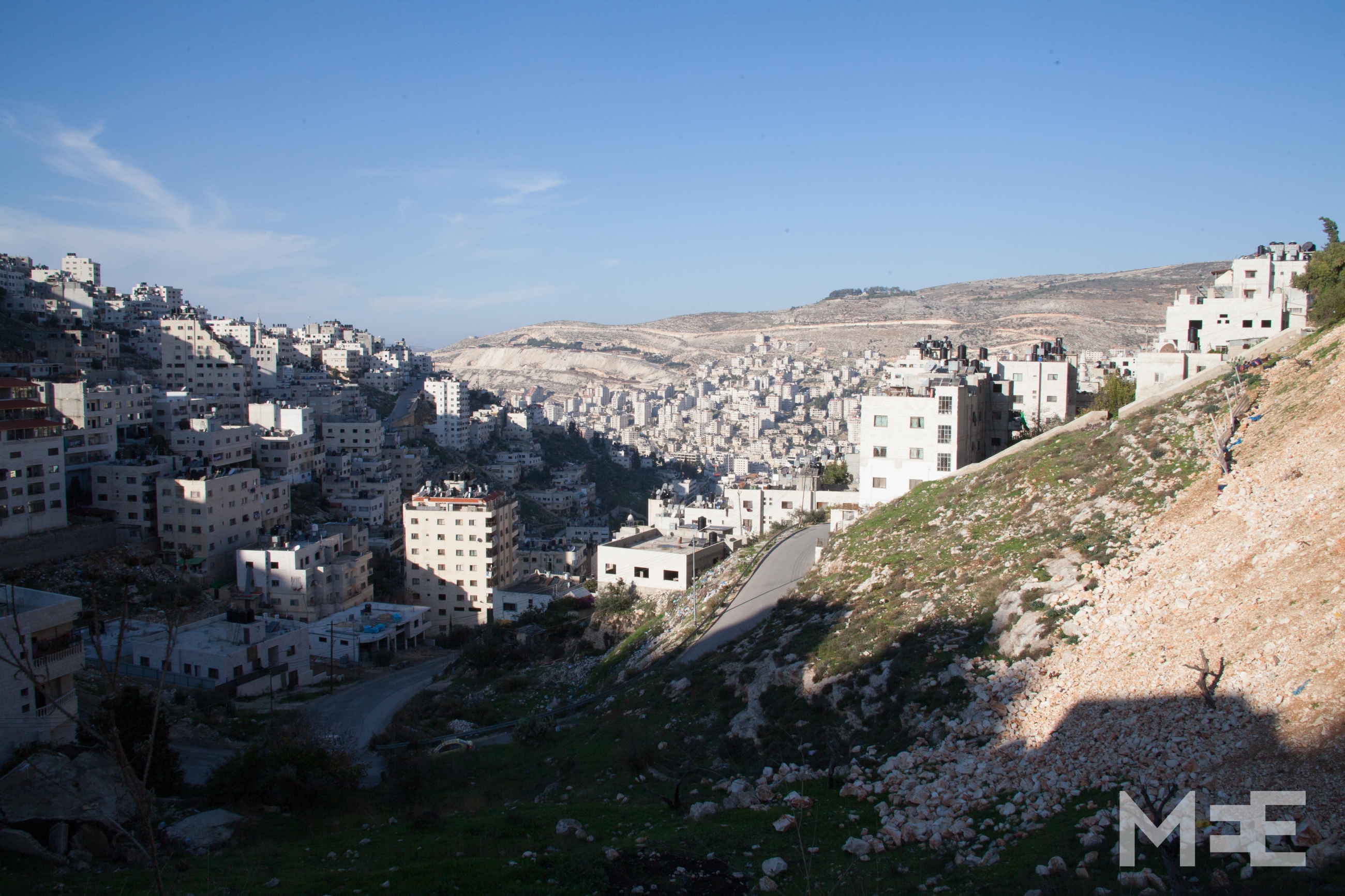
A view of Nablus from the north side of the mountain. The mountain is under joint Israeli and Palestinian control which mirrors the very existence of the Samaritans themselves who have the unique position of being passport holders of both Israel and Palestine. (MEE/Andrea Dicenzo)
Middle East Eye delivers independent and unrivalled coverage and analysis of the Middle East, North Africa and beyond. To learn more about republishing this content and the associated fees, please fill out this form. More about MEE can be found here.

